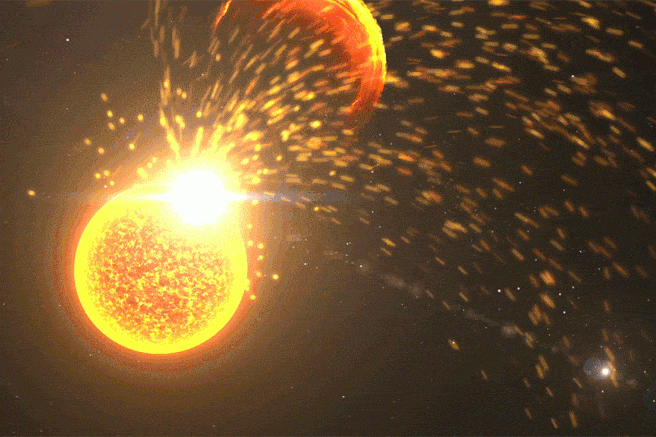WP1210
SEP and ESP events
The WP1210 investigates the acceleration and transport of energetic particles in the Heliosphere by exploiting data from the fleet of spacecraft presently available, including novel high resolution observations close to the Sun. The ground-based networks of neutron monitors complement the study of SEPs at relativistic energies producing ground level enhancements (GLEs).
By using both data analysis and models expectations, the WP1210 aims to determine the main features of solar energetic particles (SEPs) and energetic storm particle (ESP) events, relationship with conditions in the interplanetary medium, acceleration sources and mechanisms and transport regimes.
The WP1210 also address the SEP forecasting. An outstanding state-of-the-art model is the Empirical model for Solar Proton Events Real Time Alert (ESPERTA) model (Laurenza et al., 2009; Alberti et al., 2017), based on the logistic regression analysis on three solar parameters, viz., flare location, 1–8 Å soft X-rays and 1 MHz Type III fluences, recently reinterpreted in the framework of machine learning (ML) by Stumpo et al., 2021, leading to a very good performance. A feasibility study will be performed to develop a novel real time operational SEP forecasting tool, based on the ESPERTA well-proven concept, by exploiting new radio data, available in real time, such as the STEREO-A beacon data andor the ground-based LOw Frequency ARray (LOFAR) data.
The WP1210 will also verify the possibility to develop and implement a monitoring tool to now-cast the occurrence of high energy SEP events.


